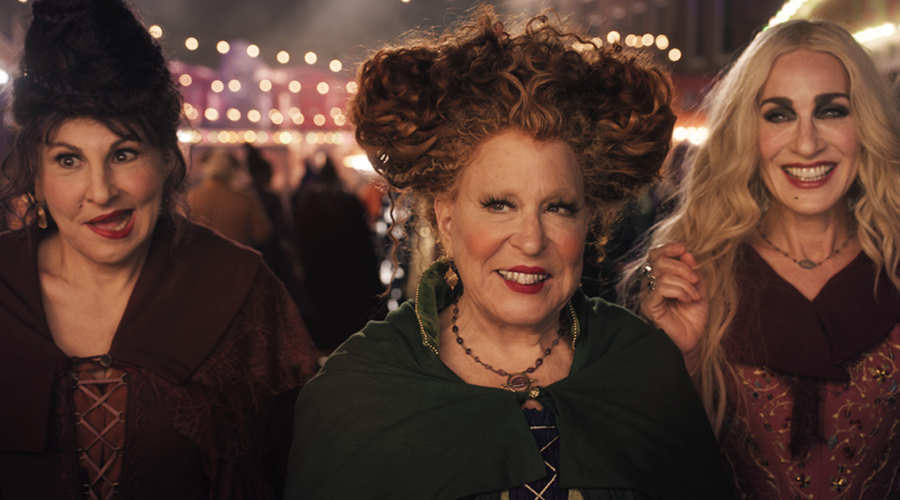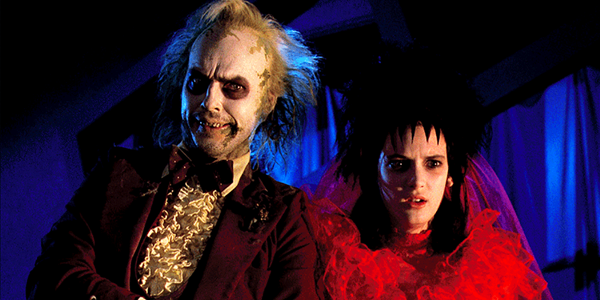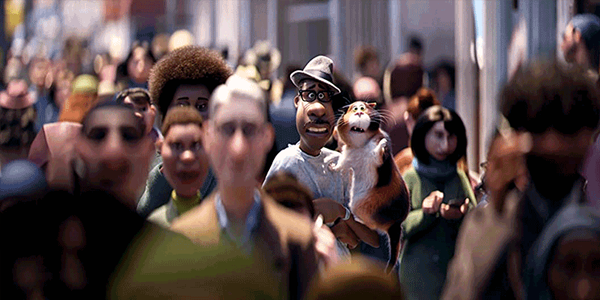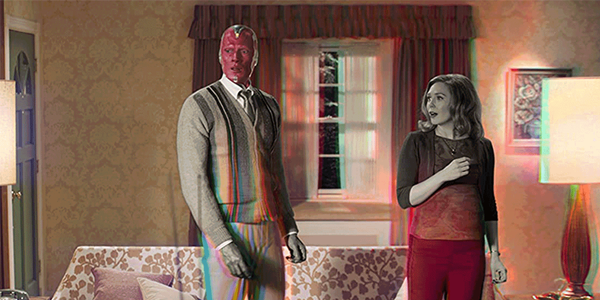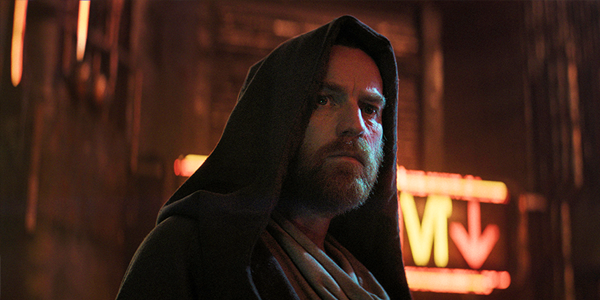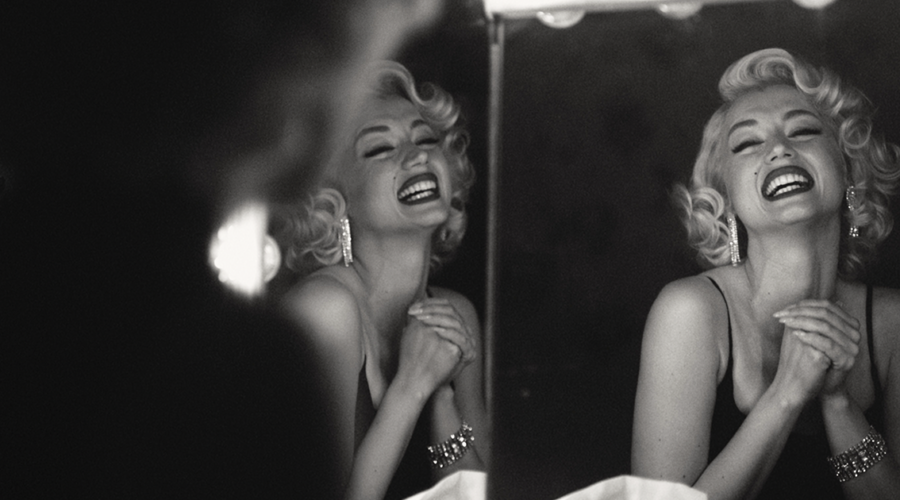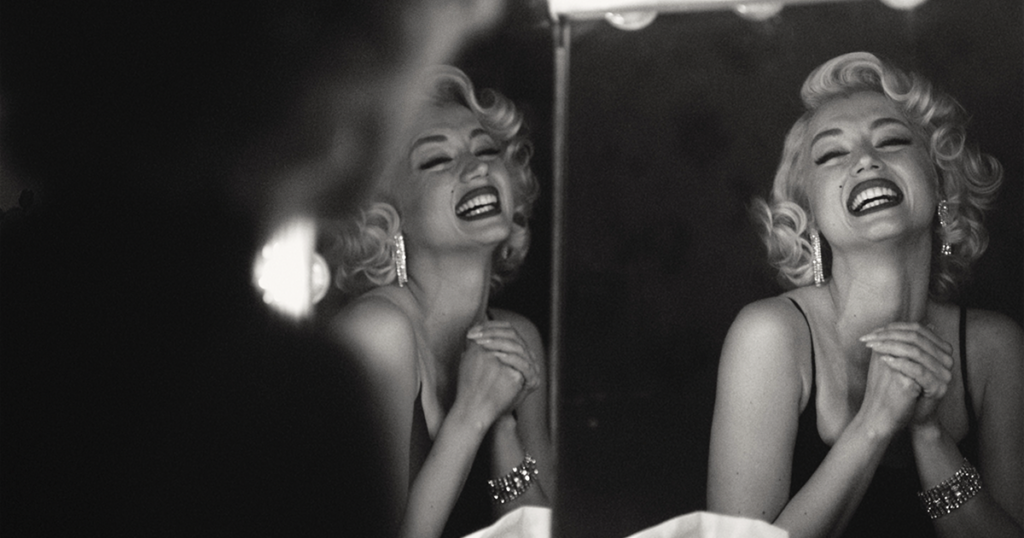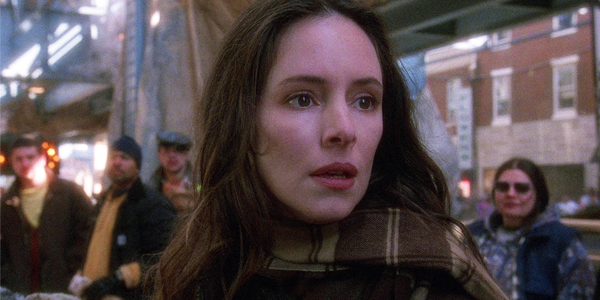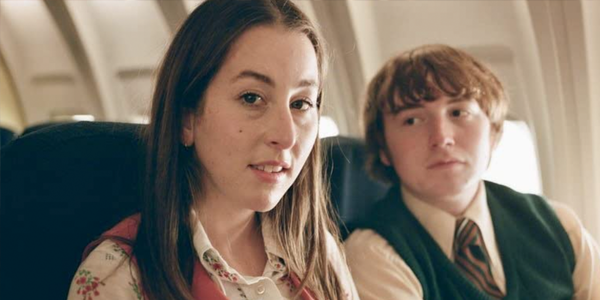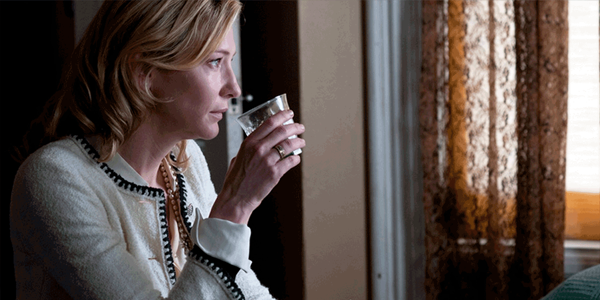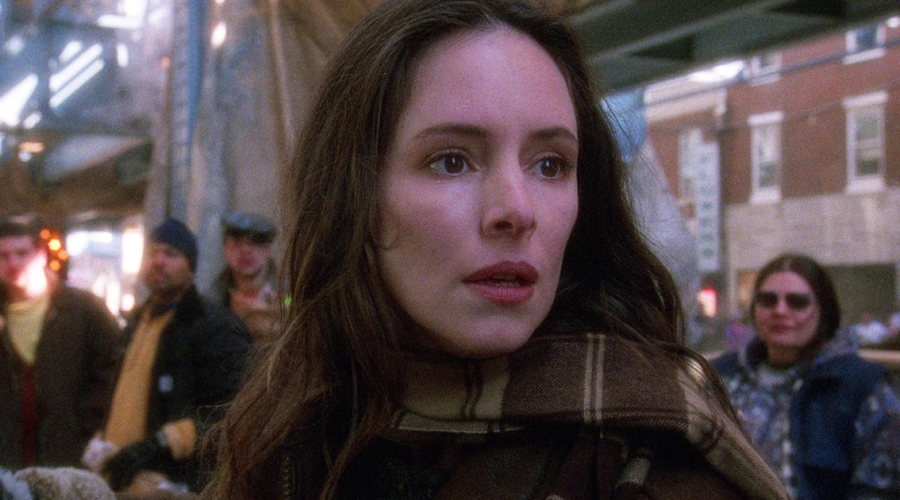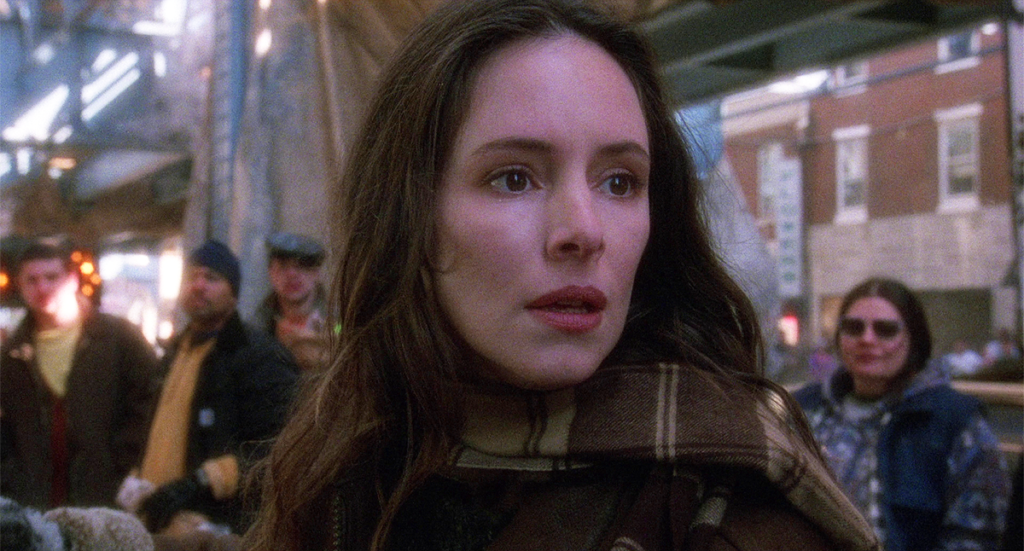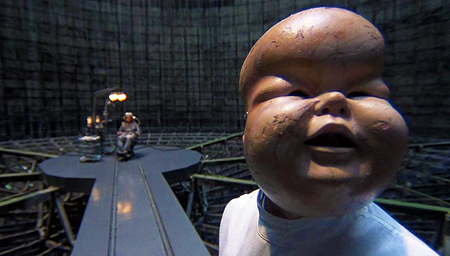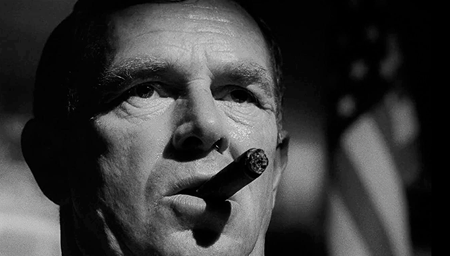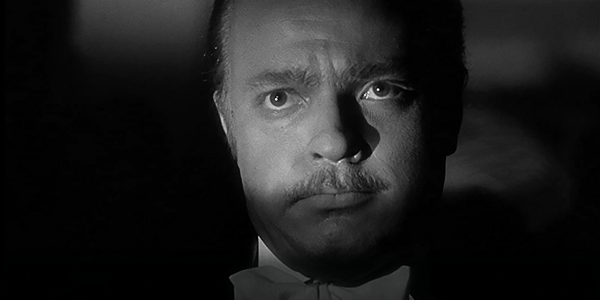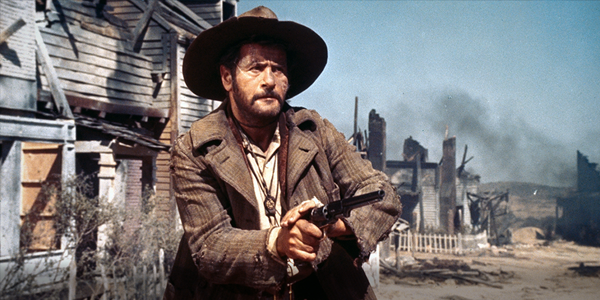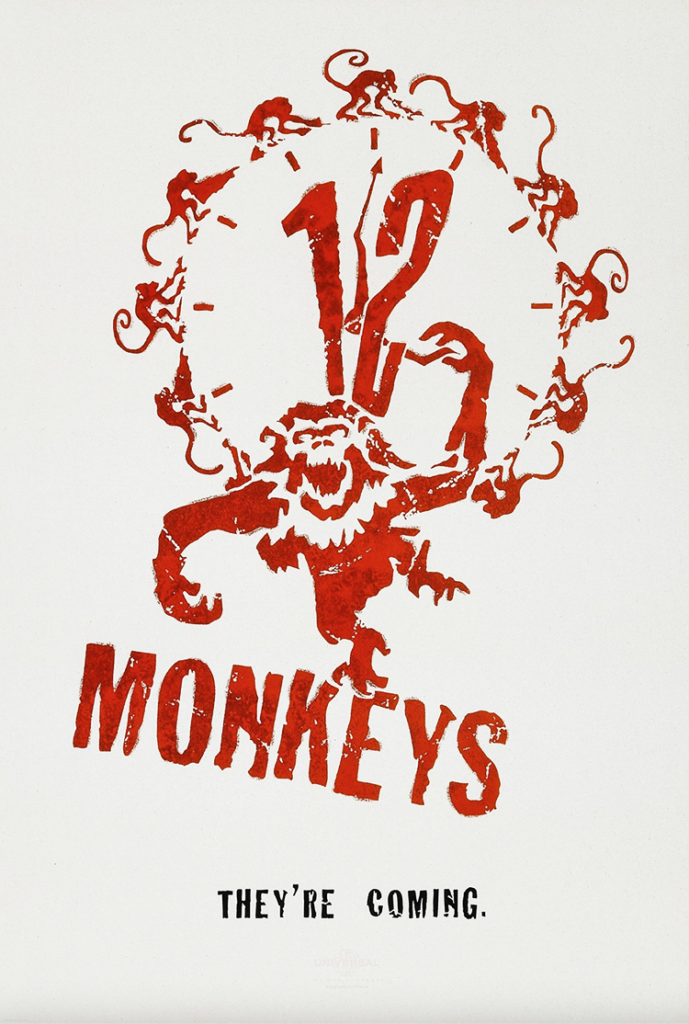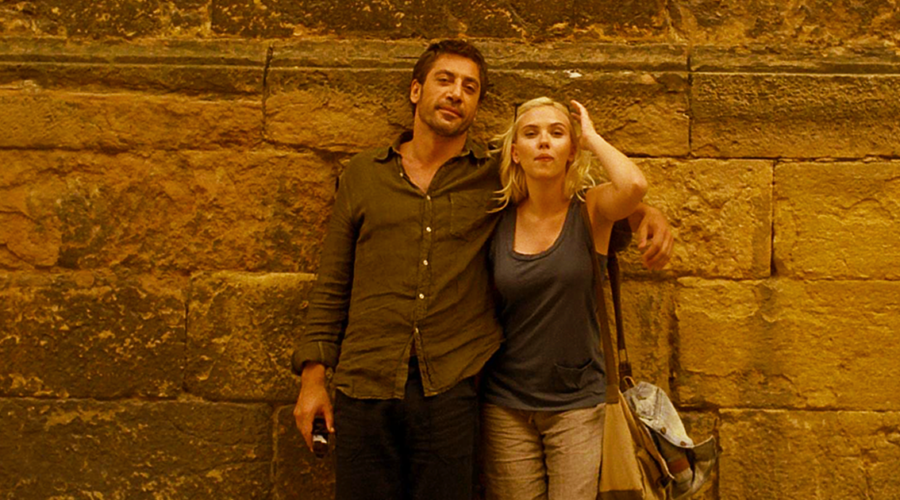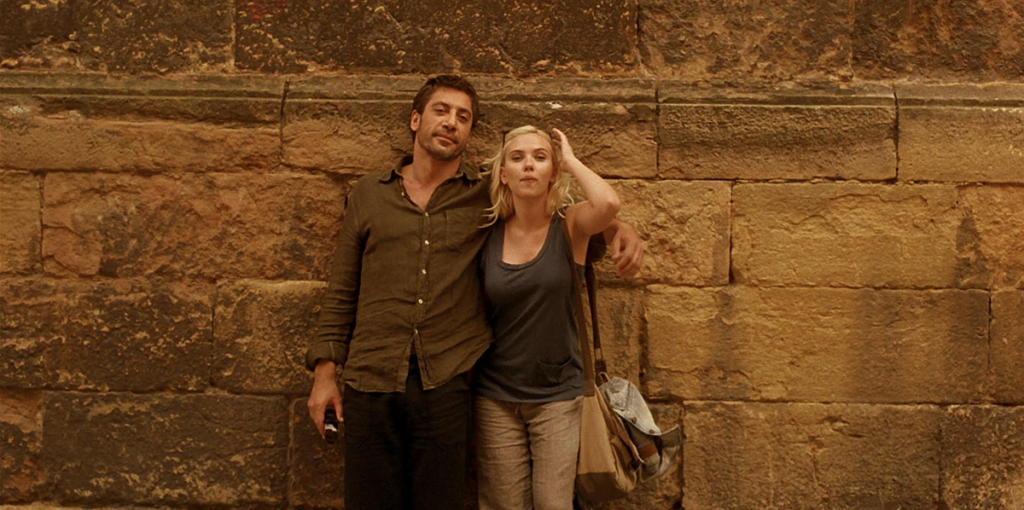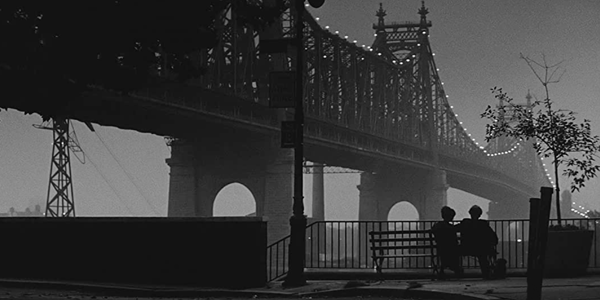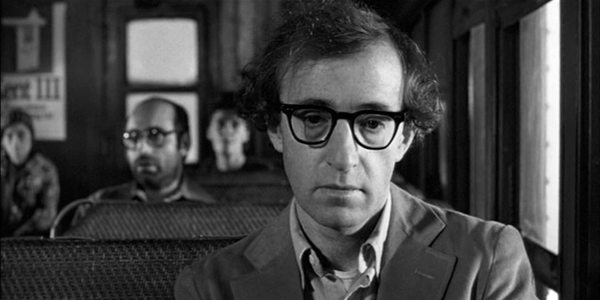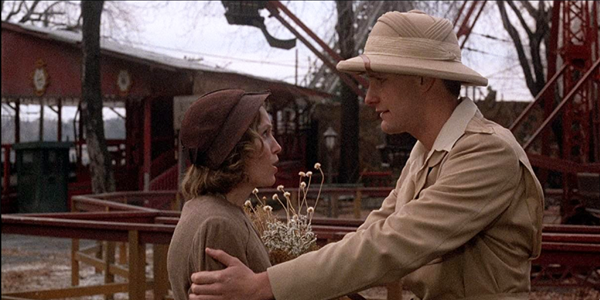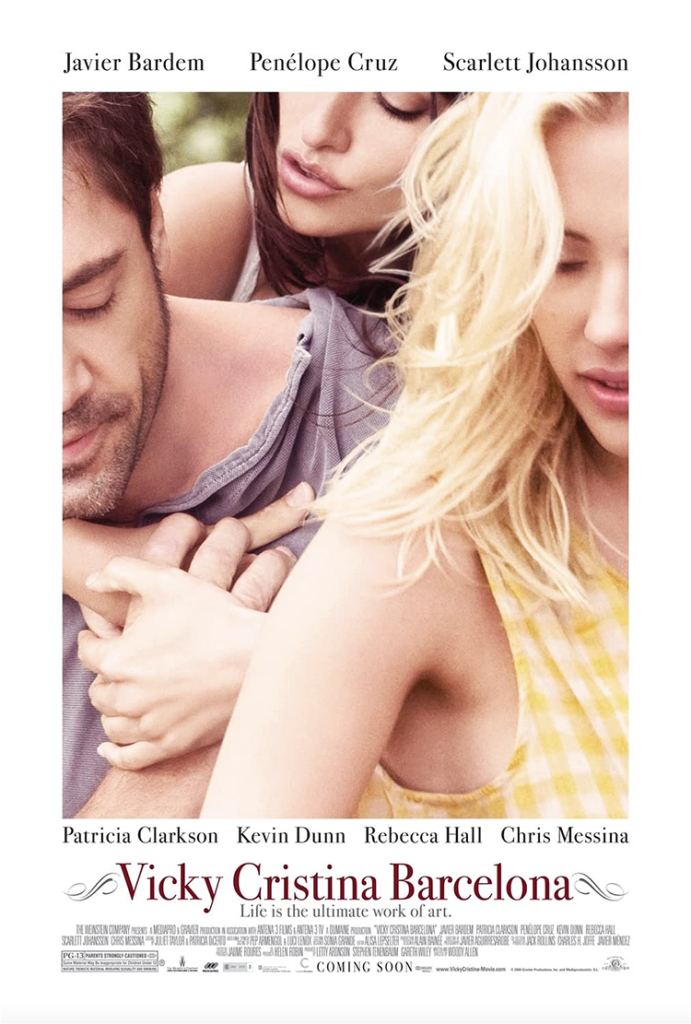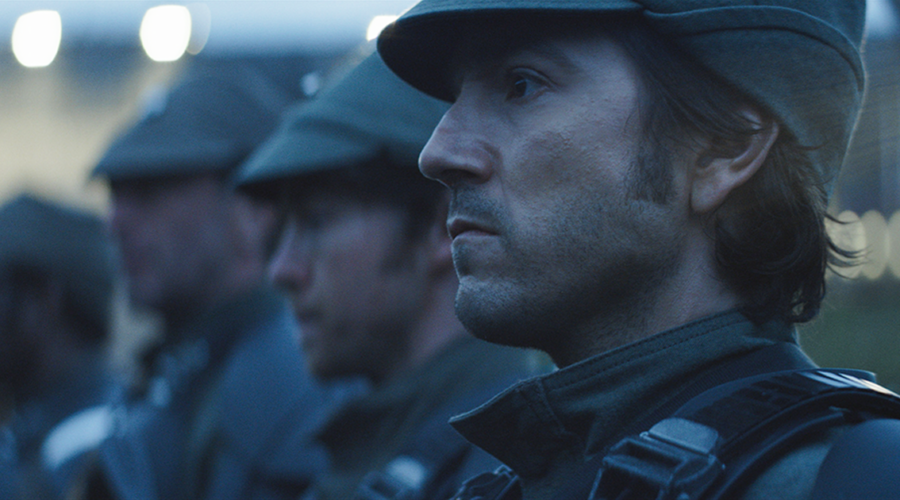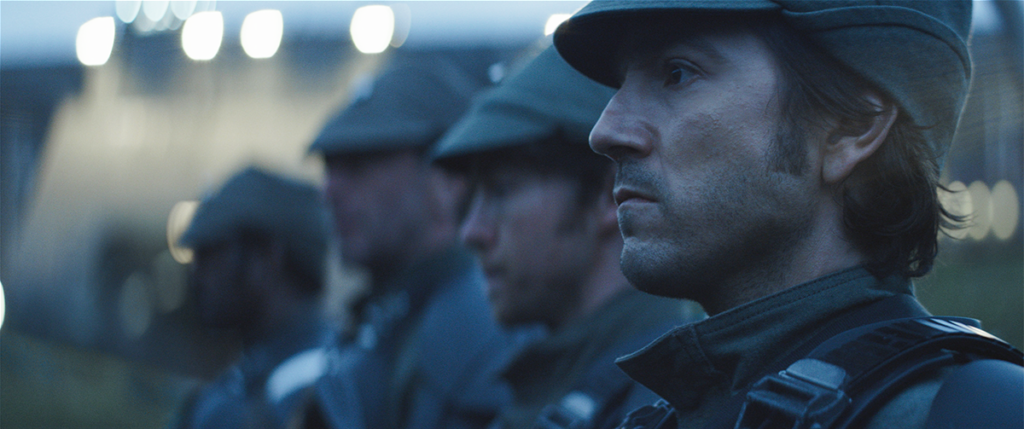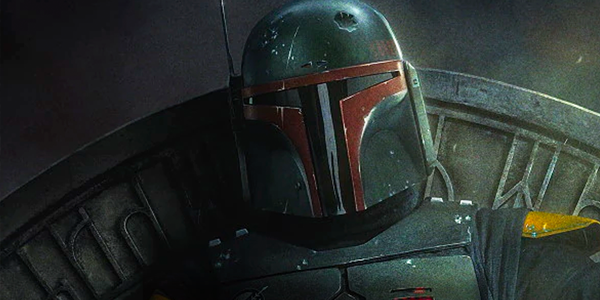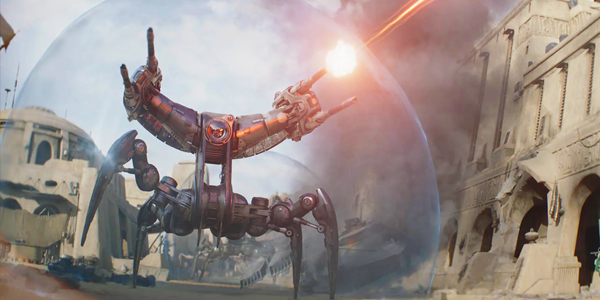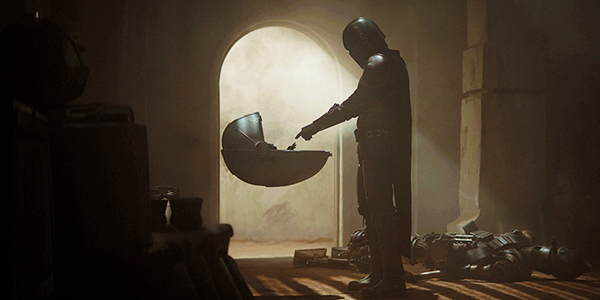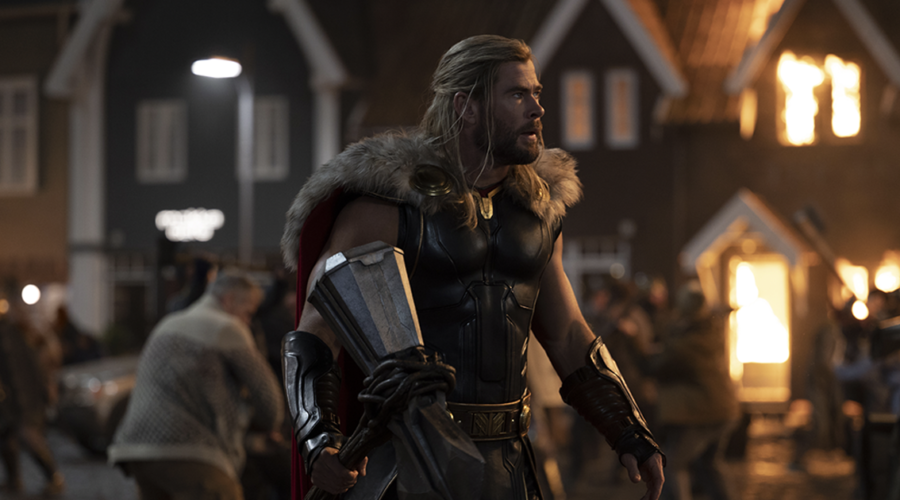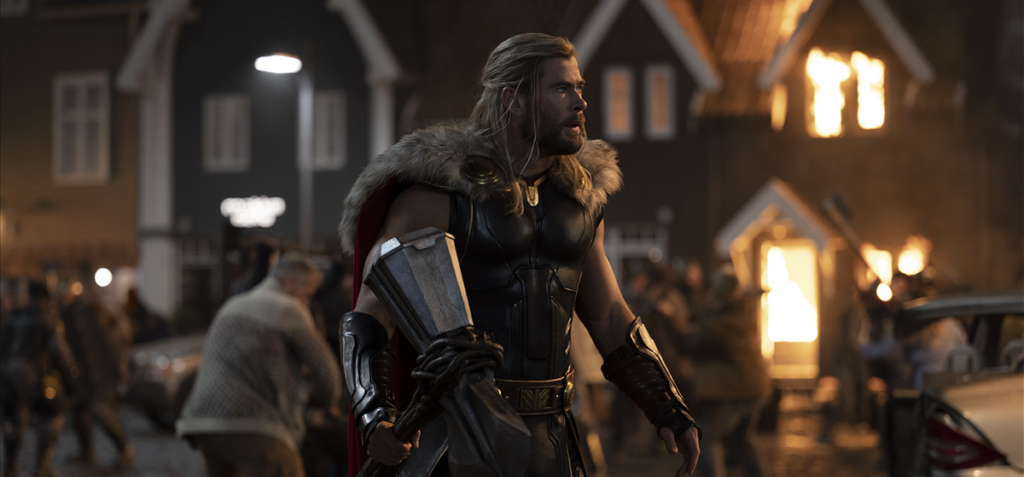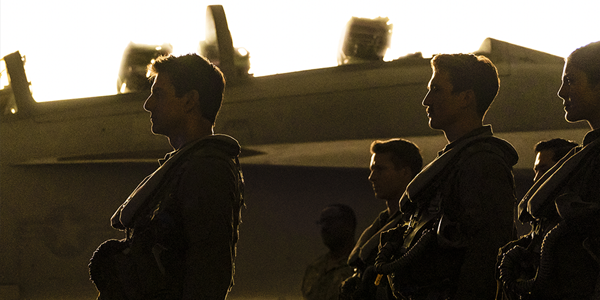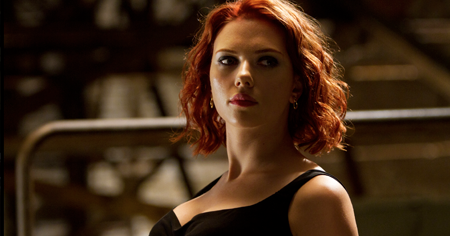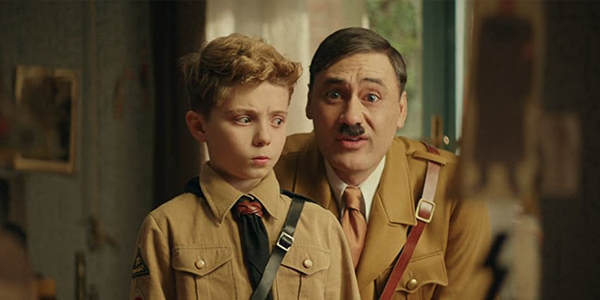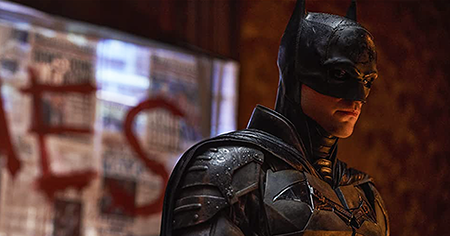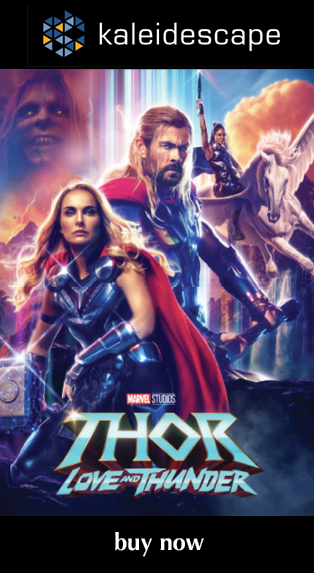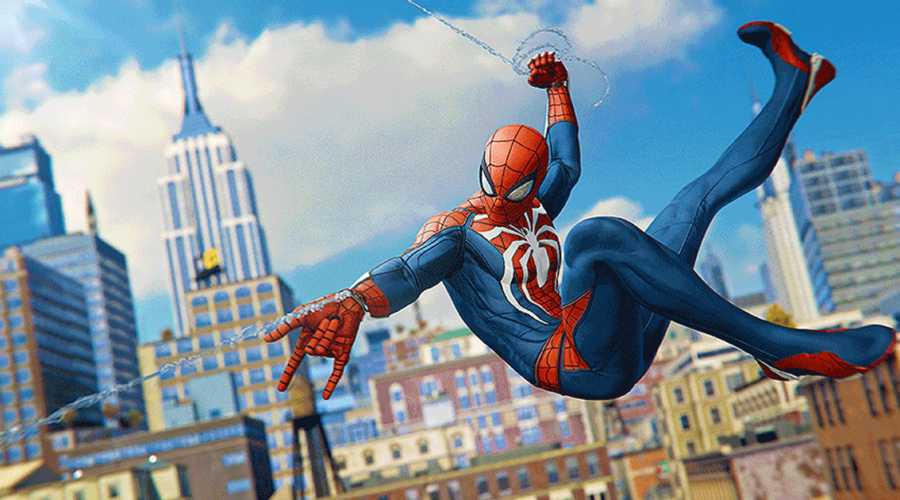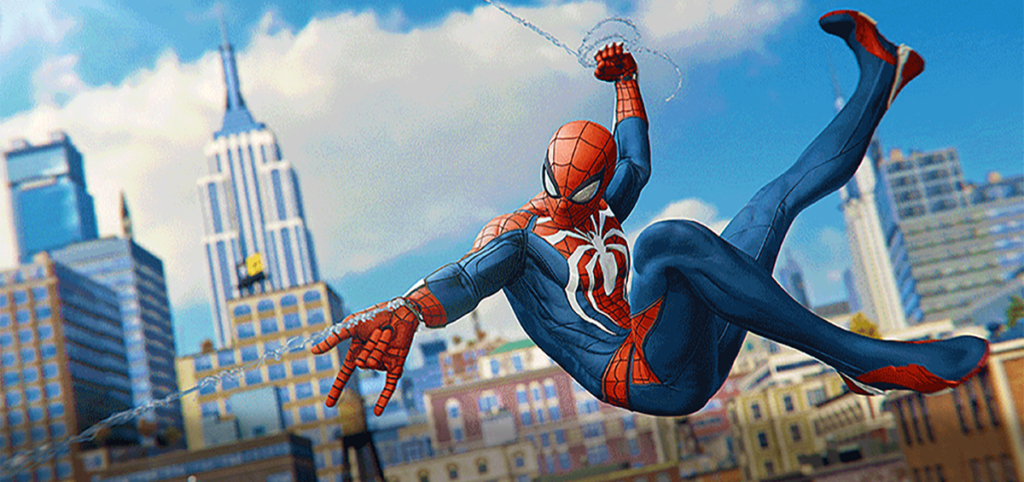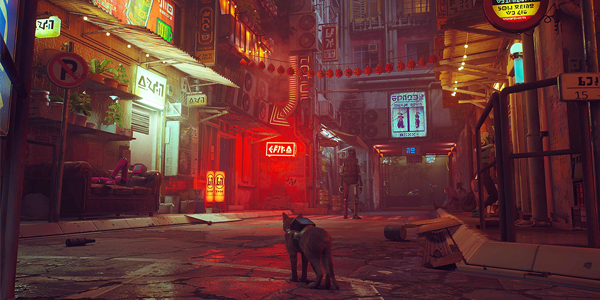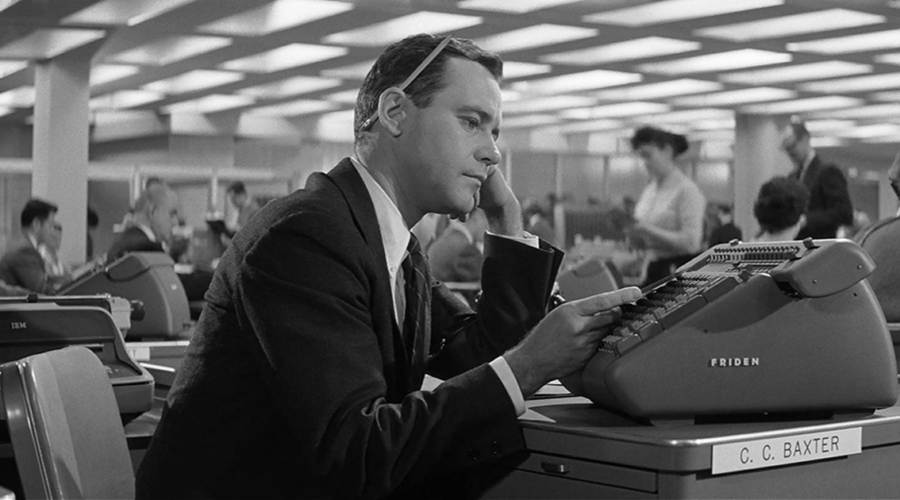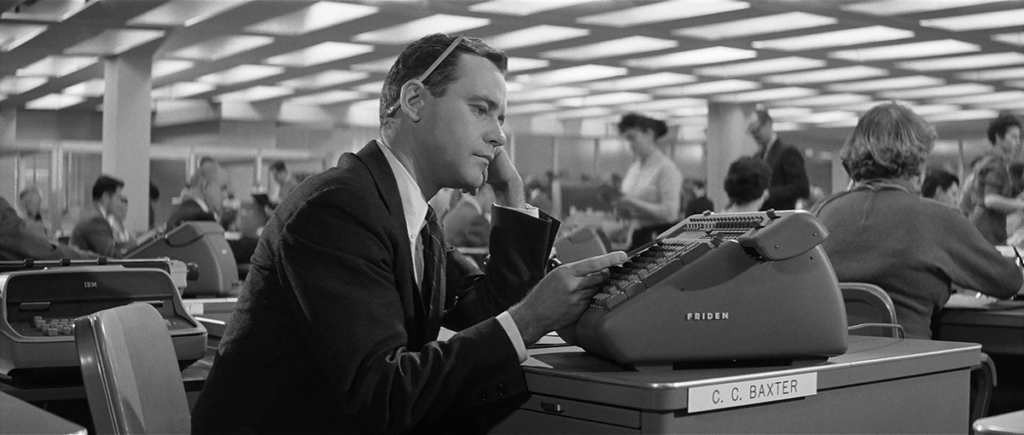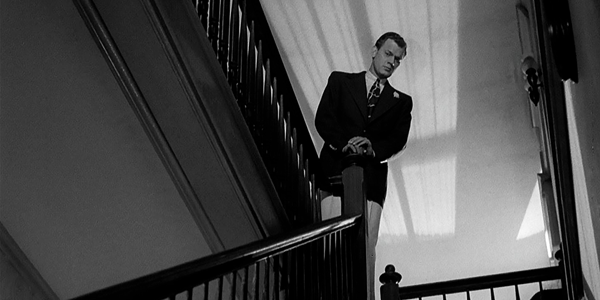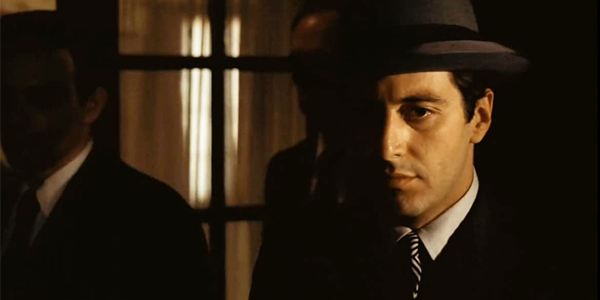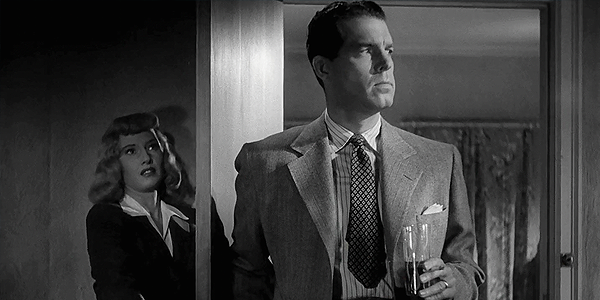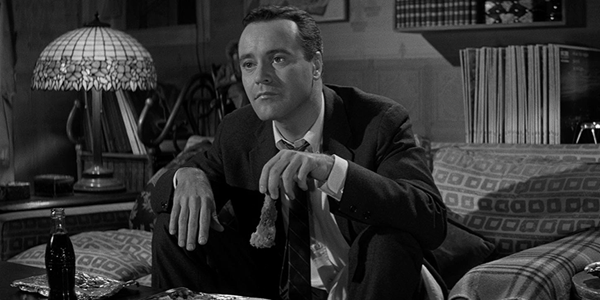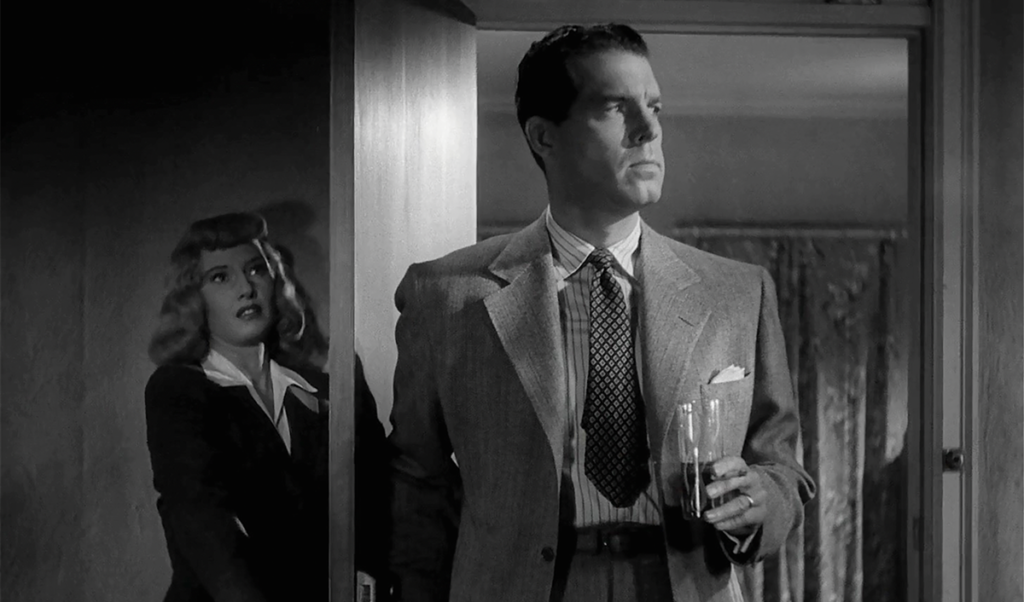Review: Hocus Pocus 2
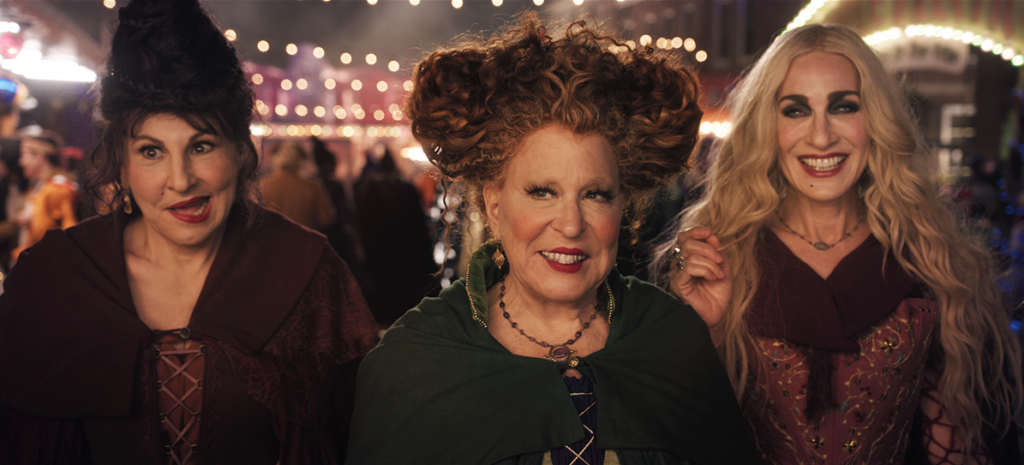
review | Hocus Pocus 2
A step up from the original, the sequel is still mainly a nostalgic sugar rush that could have been thought through a little better
by Dennis Burger
October 6, 2022
Whether or not Hocus Pocus 2 is a good movie is hardly even a coherent question. Of course it isn’t a good movie. The real question is whether or not you’ll like it, and I think the answer to that is simple.
Are you an elder Millennial who developed a Pavlovian affection for the original through repeated exposure on The Disney Channel in the late 1990s, and you now want to try to beat a love for it into the heads of your children? Or are you in the grips of Stockholm Syndrome after being forced to become familiar with the 1993 cult classic just to understand half the memes in Memeville? If the answer to either of those questions is “yes,” I’d say there’s a 50/50 chance you’ll get something out of this Disney+ original, which at times blurs the lines between sequel, reboot, and remake.
It’s a better movie than the original—better acted, more artfully shot, with a more coherent script and more competent direction at the hands of Anne Fletcher (Step Up, 27 Dresses) but such praise is relative. This is still a glorified after-school special with a false edge, filled with out-of-touch musical numbers and lazy references to modern culture that will lose what chuckle-worthiness they have before the inevitable Hocus Pocus 3 comes out in a few years.
The premise of the plot is also flawed from the foundation up. It all hinges up on the fact that the Sanderson Sisters—played once again by Bette Midler, Kathy Najimy, and Sarah Jessica Parker—can only be conjured during a full moon on Halloween, and by a virgin at that. The sequel makes it quite clear that the last time the witches rampaged through Salem was in 1993, and it’s now exactly 29 years later.
In other words, the script goes out of its way to set this sequel in 2022. And yet there’s no full moon on Halloween this year—nowhere near it. There was one in 2020 but a big whole-town Halloween celebration wouldn’t have quite made sense that year. There’ll be another one in 2039, but that wouldn’t quite work for a story whose novelty hinges upon evil women from ye olde tymes being baffled by modern technology and customs.
Could they have just dropped the full-moon requirement and glossed it over with some retroactive continuity? Sure, that would have been the easiest way to make sense of it all. But this movie doesn’t give a hoot whether it makes sense, nor whether you care if it makes sense. It’s here to give you a nostalgic sugar rush and create an alibi for you to foist your childhood pop-culture fetish on a new generation. (And trust me: As a Star Wars devotee, I feel your pain.)
Given that, the movie’s Dolby Vision video presentation on Disney+ almost seems wasted. The enhanced resolution is a mixed blessing as on the one hand the 8K source imagery and 4K digital intermediate allow you to appreciate some of the surprisingly nice set designs and lighting. But on the other, that resolution makes some of the constraints of the relatively meager budget a bit too apparent, especially in the compositing of some of the digital effects.
Still, there are some details I would expect HEVC to struggle with at any bitrate, streaming or not, such as a few swirly, sparkly, extremely specular magical effects that require higher frequencies to render, all laid atop rather dark backgrounds that lean harder on the lower-frequency corner of the discrete cosine transform table. Content that demands equal reliance on high and low frequencies simultaneously is always the toughest for any hybrid block-based codec to encode and decode, and I was frankly shocked by how well Disney+ handled it. I never saw it struggle.
The Dolby Digital+ Atmos mix is best described as “perfunctory,” and if for whatever reason you plan on watching this movie in your home cinema, just know that it’s mixed about 2.5 dB below reference levels, so go ahead and turn the volume up.
Again, though, you’d probably be better off watching Disney+’s Dolby Vision remaster of the original instead if you need to scratch this itch. It may not be as good, but at least you’re already addicted to it—otherwise, why are you even reading this?
Dennis Burger is an avid Star Wars scholar, Tolkien fanatic, and Corvette enthusiast who somehow also manages to find time for technological passions including high-end audio, home automation, and video gaming. He lives in the armpit of Alabama with his wife Bethany and their four-legged child Bruno, a 75-pound American Staffordshire Terrier who thinks he’s a Pomeranian.
PICTURE | The Dolby Vision presentation on Disney+ allows you to appreciate some of the surprisingly nice set designs and lighting, but the enhanced resolution makes some of the constraints of the relatively meager budget a bit too apparent
SOUND | The Dolby Digital+ Atmos mix is best described as “perfunctory”—it’s also mixed about 2.5 dB below reference level
© 2025 Cineluxe LLC
